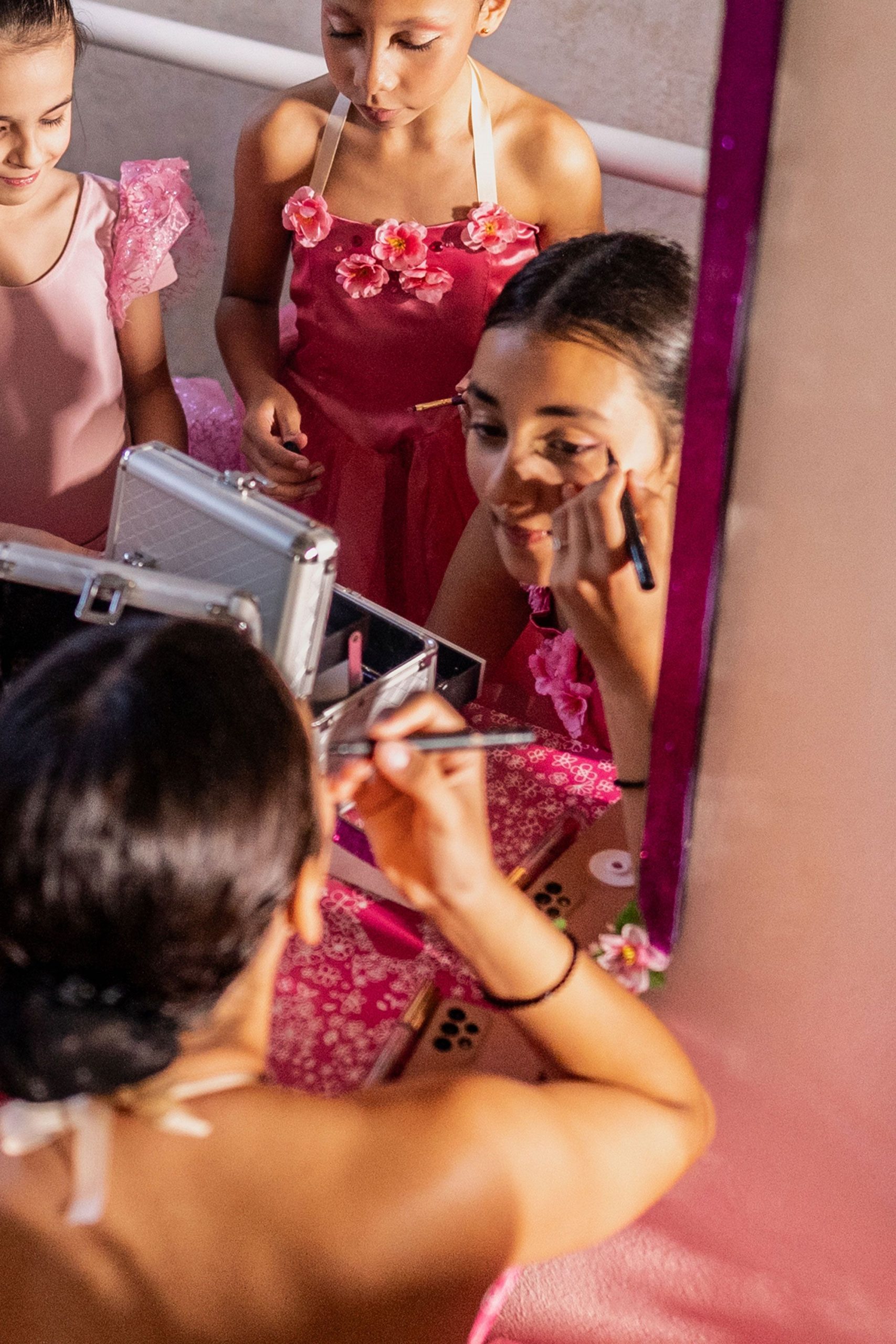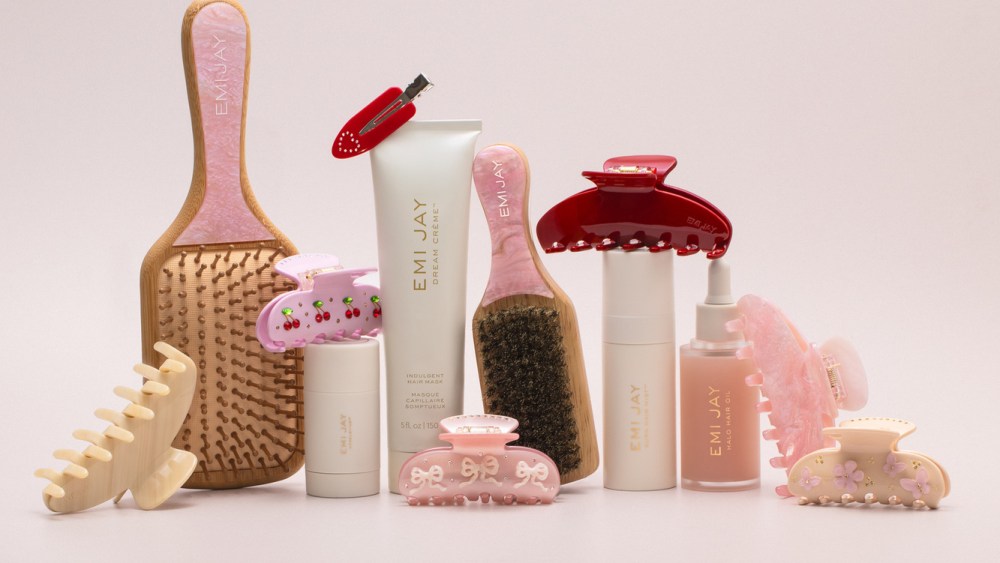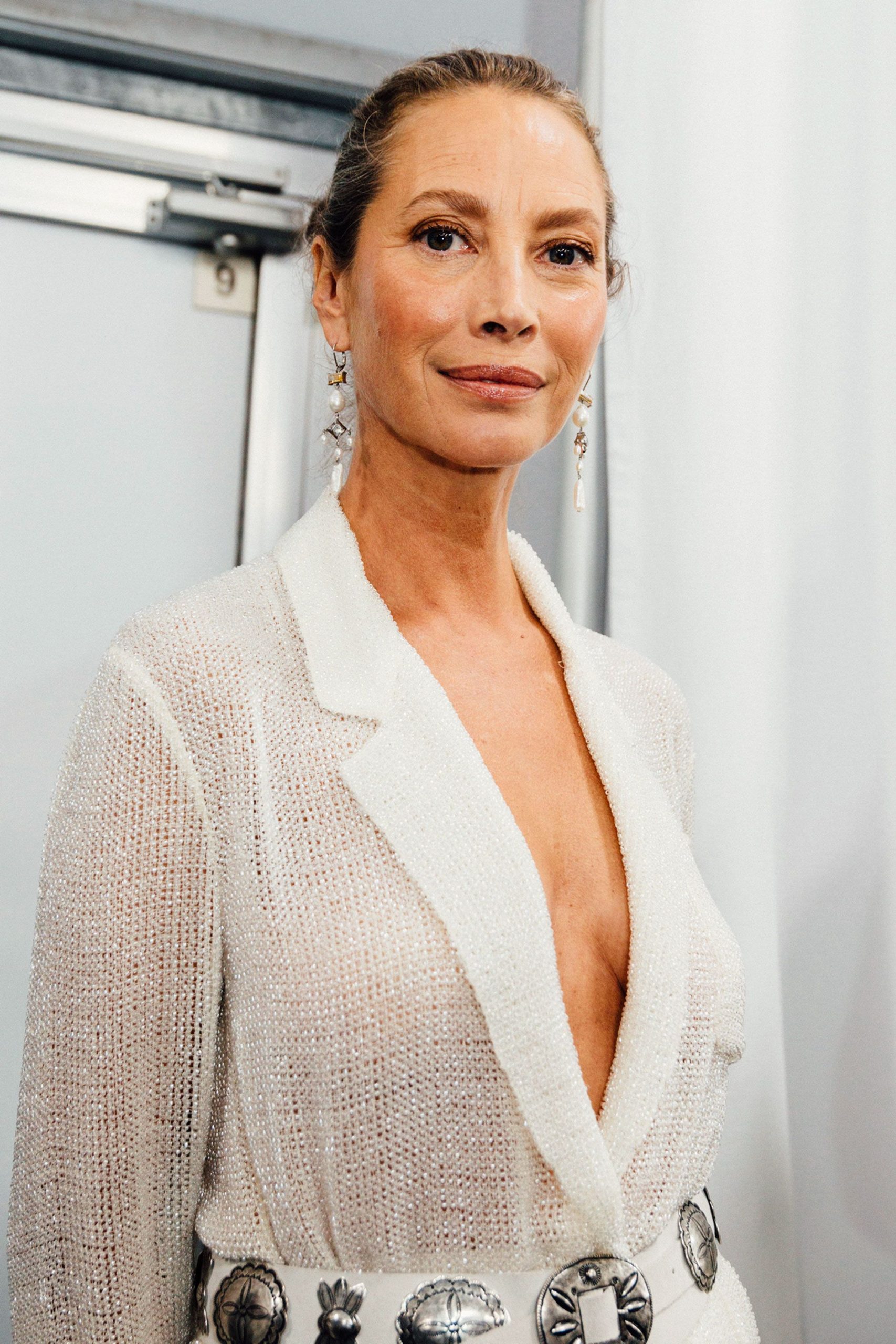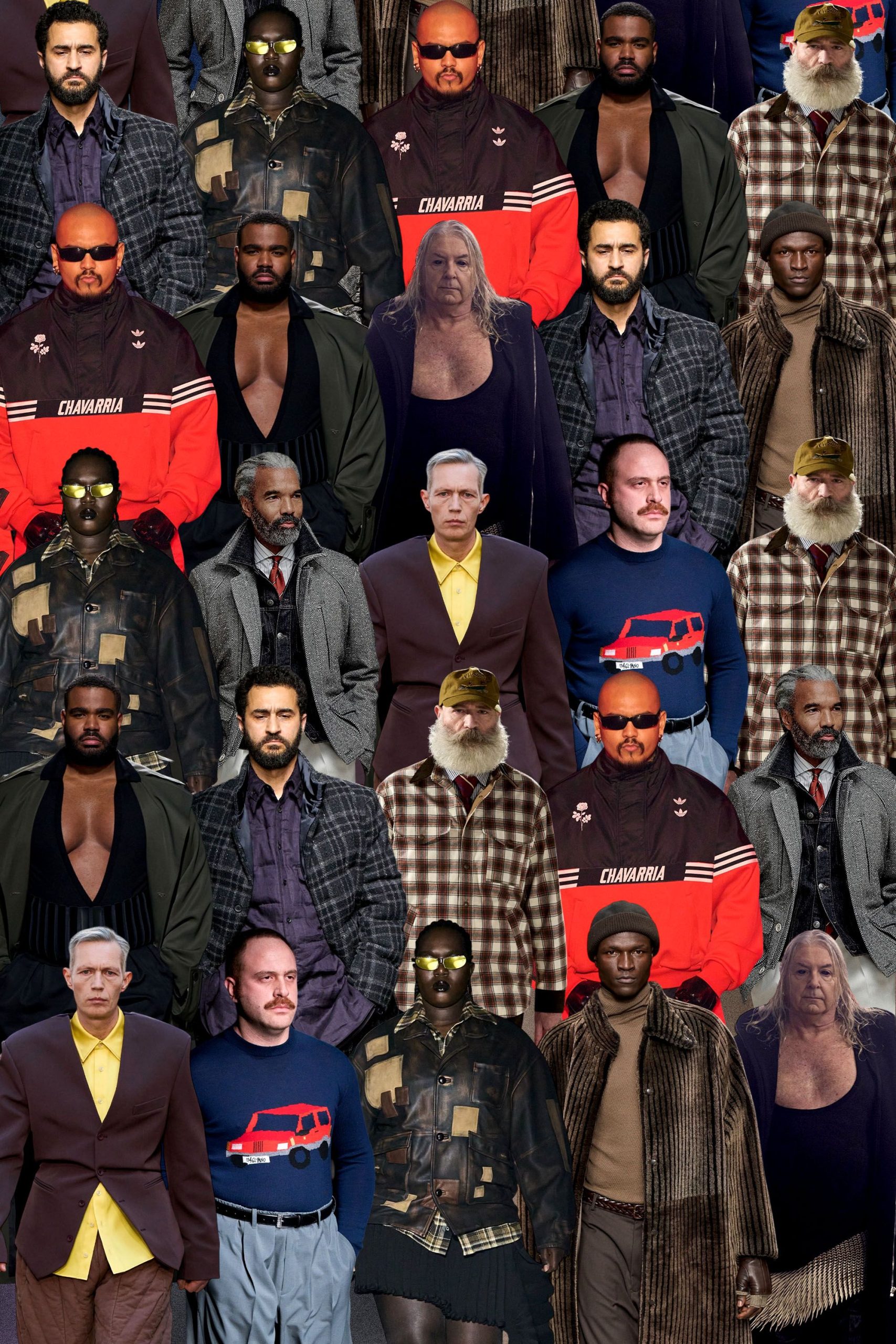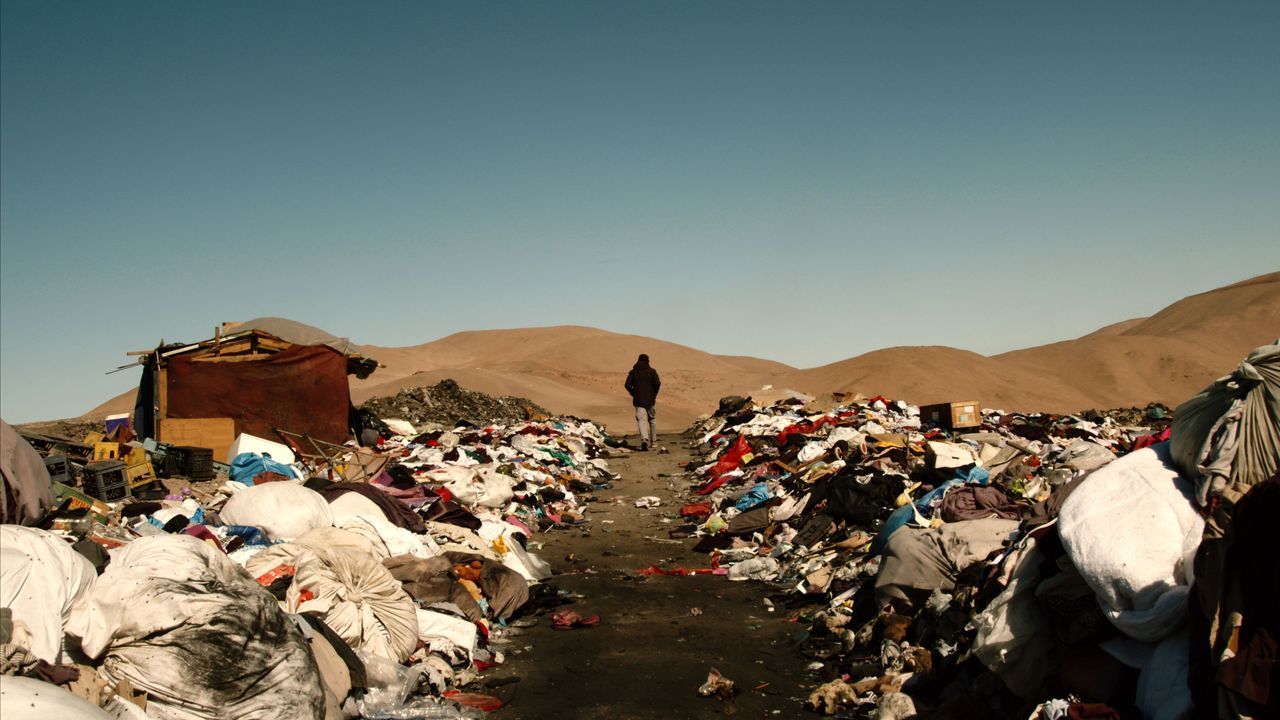
This article has been updated.
As President Donald Trump was sworn into office, the spectre of heightened US tariffs loomed large, introducing a wave of uncertainty across industries, including beauty. The implications for supply chains and manufacturing processes are raising critical questions — not least, are they reshoring a sustainable solution for beauty brands navigating this shifting trade landscape?
Trump, who was inaugurated 20 January, has confirmed a few of his previously sweeping tariff proposals, including an additional 10 per cent on goods from China, with additional potential tariffs possibly targeting other countries. He has also confirmed a 25 per cent tariff on imports from Canada and Mexico effective from 1 February, signalling an intention to renegotiate the United States-Mexico-Canada (USMCA) trade agreement. (Trump threatened to increase duties on Mexico in 25 per cent increments each quarter, ultimately reaching 100 per cent if the country fails to address the migration issues at its borders.)
These aggressive tariff strategies highlight a significant pivot towards reshaping US trade policies. According to the Tax Foundation, proposed tariffs set to take effect between 2025 and 2034 could generate $1.2 trillion in tax revenue but at the cost of reducing gross domestic produce (GDP) by 0.4 per cent and eliminating more than 340,000 jobs across the US. For a sector deeply reliant on global manufacturing, such economic headwinds pose serious challenges.
The potential for increased tariffs under the Trump administration could create ripples across the beauty industry, threatening profitability and stability. Higher tariffs threaten to disrupt the industry’s delicate supply chains, driving up costs for ingredients, packaging and finished goods — much of which is sourced globally. These rising costs could stifle innovation, as brands face pressure to reformulate with locally sourced alternatives or delay product launches.
Smaller, independent beauty brands, lacking the financial flexibility of larger conglomerates, are particularly vulnerable to these shifts, which could reduce competition and diversity in the market. As prices rise, consumer behaviour may shift towards private-label offerings, domestic brands, or simplified beauty routines, further complicating the landscape. For an industry reliant on international suppliers and intricate production networks, tariffs pose a significant challenge, demanding swift adaptation to sustain growth and relevance.
The Personal Care Products Council underscores the beauty industry’s vital role in the US economy, contributing a $2.6 billion trade surplus and fuelling $308.7 billion in GDP. Over 25,000 products in the US mass beauty market, primarily from China, may face price hikes if tariffs are enforced. Anna Mayo, VP of marketing research firm NielsenIQ’s Beauty Vertical, highlights cosmetics as the most exposed category, with over 11,000 products at risk, followed by bath and shower, and oral care.
